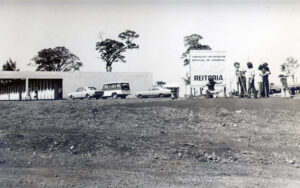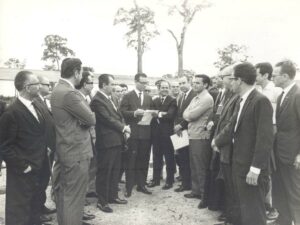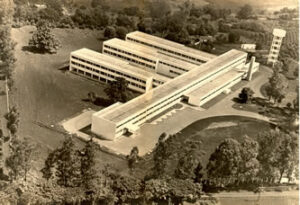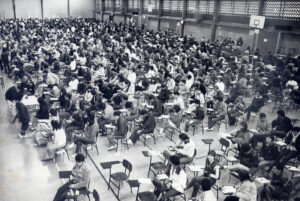History
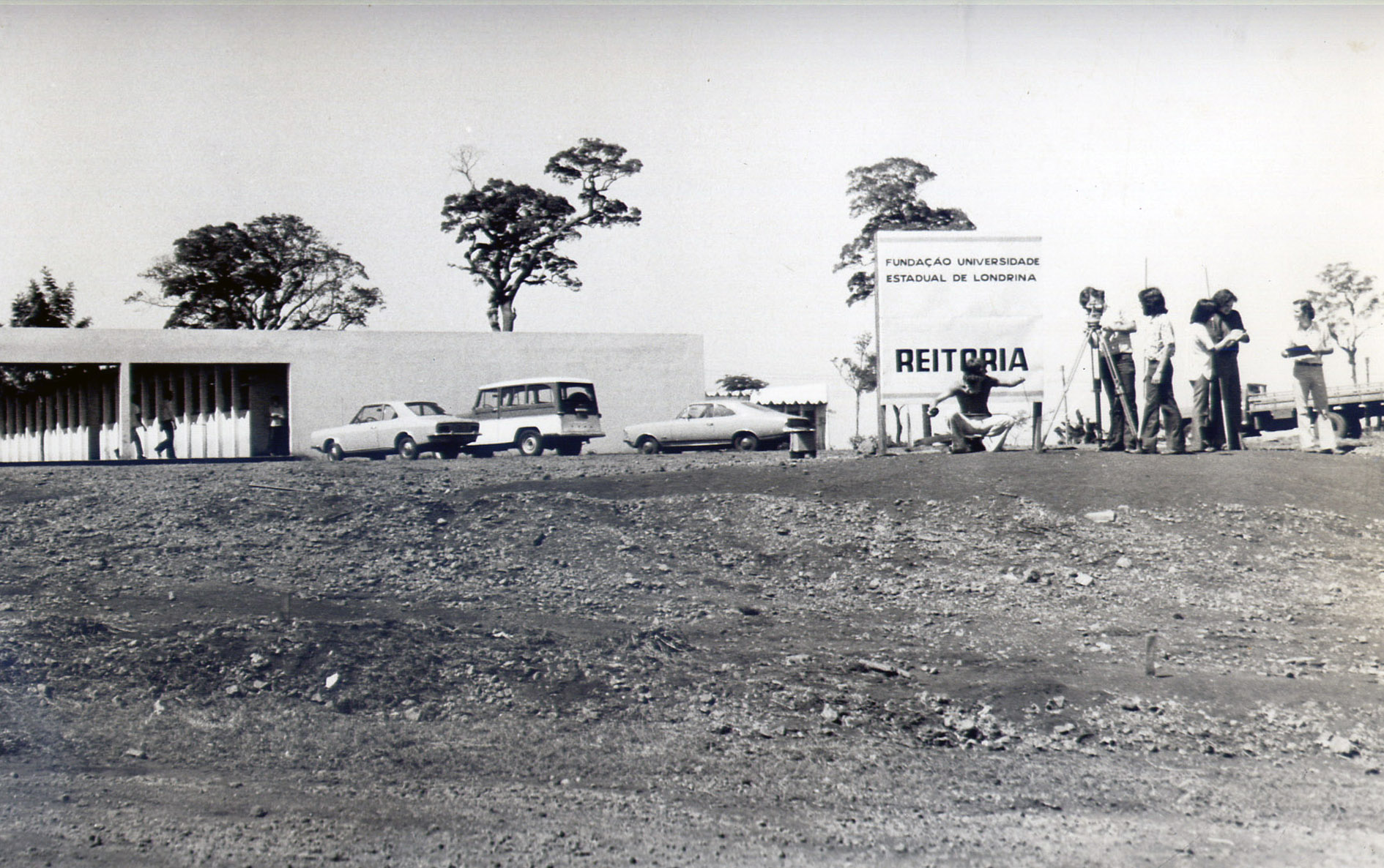
Located in the city of Londrina in southern Brazil, Londrina State University (UEL) was founded in 1970 and is one of Brazil’s 2,600 higher education institutions.
UEL was established when the separate schools of dentistry, law, and letters and sciences were merged, creating a state-funded public university that, within a few years, became a popular choice for students in the State of Parana in Brazil. Each year over 2000 new students enroll on one of the university’s Bachelor’s, Master’s or Doctoral Degree courses.
Today there are nine academic colleges, each of them operating several specialized departments. The colleges include the Agrarian Sciences Center, the Health Sciences Center, the Physical Sciences Center, the Applied Social Sciences Center, the Language and Humanities Center, the Biological Sciences Center, the Physical Education and Sports Center, the Communication and Arts Center, and the Urban Planning and Technology Center.
The UEL campus covers 235 hectares in the south of the city of Londrina and it is home to the vast majority of the university buildings. There are a number of libraries on campus and in central Londrina which are part of a UEL-run network, while the Science and Technology Museum, the Museum of Geology, the Historical Museum, the Cultural Center and the Anatomy Museum are all controlled by the university.
The university has improved its international cooperation, and it is eager to develop international partnerships with the aim of promoting both scientific knowledge and academic mobility.
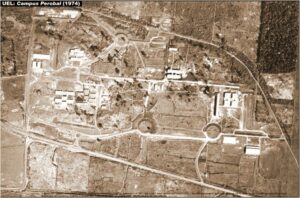
(Photo: Archives/UEL)
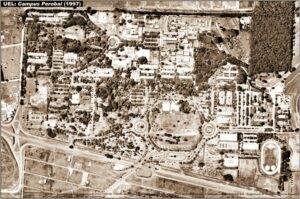
(Photo: Archives/UEL)
